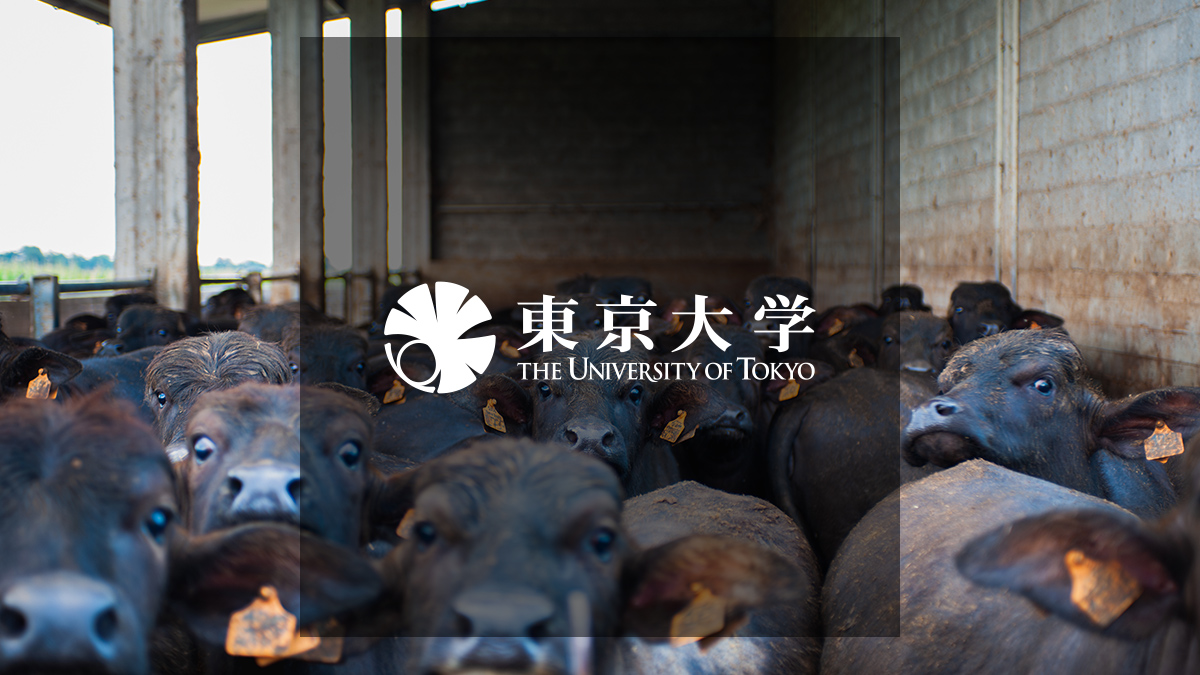
Professor Katsuaki Sugiura of the University of Tokyo uses Monte Carlo simulation in @RISK to improve the bovine spongiform encephalopathy (BSE) surveillance program in Japan, to improve food safety.
Professor Katsuaki Sugiura at the Laboratory of Global Animal Resource Science at the Graduate School of Agriculture and Life Sciences, the University of Tokyo, has used Palisade’s @RISK software since 1995 in his research activities. He has used the risk software to assess risk in the import of animals and livestock products and in food safety risk assessment. Many researchers in the specialized field of veterinary epidemiology also use @RISK, making it easy to utilize in joint research activities.
BSE (“Mad Cow Disease”) in Japan
His current research is on bovine spongiform encephalopathy (BSE) – a progressive and fatal nervous disease found mainly in adult dairy cattle. The cause of BSE is oral exposure to what’s known as an abnormal prion protein. BSE is particularly worrisome because it is transmitted through meat-and-bone meal (MBM). MBM is derived from unwanted animal slaughter products and fallen stock that are cooked to give off water as steam. It is characterized by long incubation periods (2-8 years with 5 year average).
The first case of BSE in Japan was confirmed in September 2001, and a number of measures were taken to protect animal health as well as public health. One of these measures was the testing for BSE of all cattle slaughtered for human consumption from October 2001. From April 2004, all fallen-stock (cattle that died on farms or during transport) older than 24 months were also tested. As a result, through the end of 2012, 36 cows were diagnosed with BSE, from a total of 14 million heads of cattle slaughtered for human consumption and 910,000 fallen-stock carcasses tested. There are several diagnostic tests for BSE. The currently available diagnostic tests involve detection of the abnormal prion protein. Normal prion protein exists along with abnormal prion protein in the brainstems of BSE-infected cattle. The detection of abnormal prion protein is done by using proteinase-K, which digests normal prions but leaves the abnormal prions intact. But there are limits to this BSE diagnostic. At the end of the incubation period the abnormal prion proteins accumulate in the brain; in other words, even if a cow is infected it cannot be detected unless it is just before the onset of the disease. The test cannot detect the infected cattle that are slaughtered or have died from other causes before the end of the incubation period. Since the incubation period is long and varies between 2 and 8 years, the age of clinical onset is not fixed, and the age at which cattle may die or be slaughtered varies.
Graduate School of Agriculture and Life Sciences, University of Tokyo
Using @RISK to Predict Results at Different Ages of Testing
In Japan, all cattle butchered for human consumption are tested for BSE, as well as all cattle that died over 24 months old. However, due to the variability of the age of slaughter and death, and duration of incubation period and the limited detection capability of the diagnostic test, Professor Sugiura uses Monte Carlo simulation in @RISK to improve the surveillance program. He builds stochastic models that predict how changing the testing age of the cattle will impact the number of cattle tested and BSE infected cattle detected.
@RISK uses Monte Carlo simulation in Microsoft Excel to perform risk analysis, utilizing mathematical techniques to help better understand risks through quantitative analysis and to improve decision-making. The software can calculate the probability and impact of various possible consequences. Users can then grasp the associated risk and probability for each scenario, by tracking and objectively calculating different potential scenarios based on the formulas.
The thinking behind BSE testing model was as follows:
- Calculate age-at-clinical-onset as (infection age) + (incubation period)
- Consider cattle are slaughtered for human consumption or not dying from BSE when cattle are slaughtered or die before the age-at-clinical onset
- Consider BSE death when the age-at-clinical-onset occurs before cattle slaughtered.
- If the cow is slaughtered: (slaughter age) > (testing age) -> undergo testing of the carcass. If the difference between the (age-at-clinical-onset) and the (slaughter age) is less than six months, then the detection rate is positive.
The Simulation Results
Four surveillance strategies were explored for cattle slaughtered for human consumption, with the minimum age at testing set at 0, 21, 31, or 41 months. Three surveillance strategies were explored for fallen stock, with the minimum age at testing set at 24, 31, or 41 months. Increasing the minimum age of testing from 0 to 21 months for both dairy cattle and Wagyu beef cattle had very little impact on the probability that a BSE-infected animal slaughtered for human consumption would be detected. Although increasing the minimum age at testing from 21 to 31 or 41 months would lead to fewer slaughtered animals being tested, the impact on the probability of detecting infected animals would be insignificant. The probability of infected Wagyu-Holstein crosses and Holstein steers being detected at slaughter or as fallen stock would be very low under all surveillance strategies.
Ease of Use with Powerful Results
Professor Sugiura said about @RISK, “The key point is that without having to learn any new programming language we are able to construct models right in Microsoft Excel and process them visually.” The insights provided by @RISK in Professor Sugiura’s work enables researchers to eliminate testing age as an important factor so they can focus on other, more effective factors.
